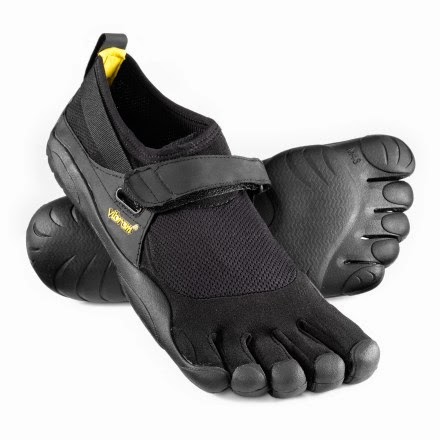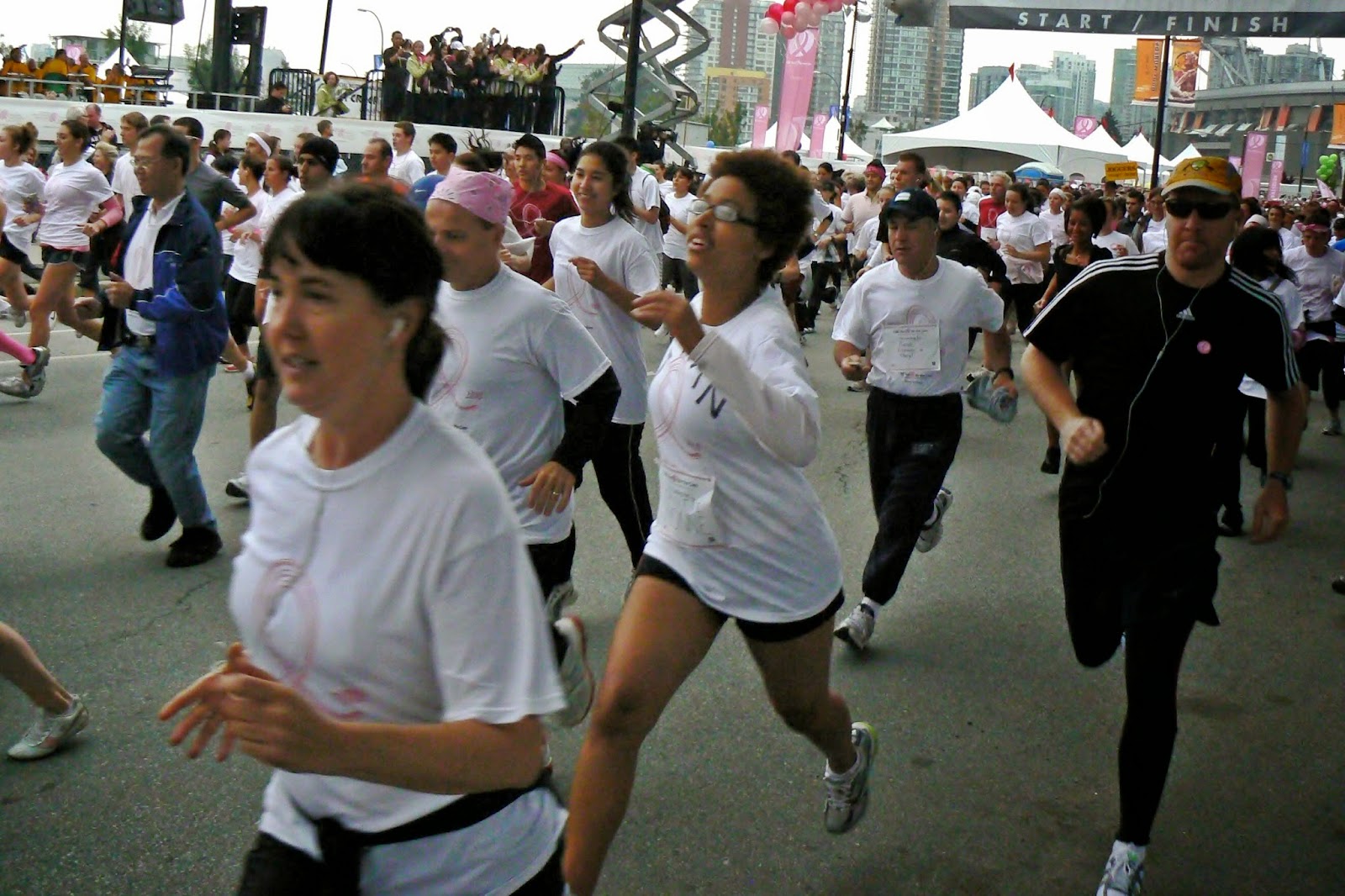Forefoot Running ≠ Proper Running Form
The most confusing thing about transitioning from heel striking to forefoot running is that it is possible to run on your forefoot and still have bad running form. I actually did it myself for about 5 months filled with shin splints, sore calves, ankle soreness, Achilles tendinosis, foot pain, etc. Oh, my knees were fine, but they were pretty much the only parts of my body that did not hurt.
When I joined the NorWesters track & field club, my coach, Robert Leone, noticed something was wrong with my running form: I was running on my toes, pointing my feet down like a ballerina. When I told him about my shin splints, he connected the dots: by pointing my feet down, I was created forces at initial contact just as strong as if heel striking. The only difference was that when heel striking, the impact was absorbed by my knees, and now that I was overstriding on my forefoot, it was my ankles that were absorbing the shock forces.
"Dorsiflex!" "push your big toes up against the top of your shoes!" my coach would tell me over and over again. These running form cues were correct but quite confusing to me because I would sometimes not land on my forefoot anymore. My coach would also say that when sprinting, the heels should barely touch the ground. Was I going too slow? What was I doing wrong? When I finally had to take some time off running because the pain had become unbearable, I decided to do some research about what forefoot running really means and how to do it properly. Running should not be so painful!
Minimalist Running Shoes do not the Forefoot Runner Make
My bumpy ride to forefoot running started by ditching my thick-heeled shoes and replacing them by more minimalist pairs. I bought Newton shoes that were advertised as being designed for forefoot running, Vibram Five Fingers KSOs that would allow me to run "barefoot" anywhere, spikes for my track workouts, and some super light New Balance cross-country racing flats for running on trails. All actually allowed me to run on my forefoot more easily: forefoot running in classic thick-heeled shoes is nearly impossible to do without plantar flexing (pointing my foot down).
However, the shoes do not make the runner. A study actually found that most runners would continue to heel strike in the first two weeks of running in minimalist shoes.
 |
In all these shoes, my ankles, shins, and Achilles tendons would hurt after running: the more minimalist the shoes, the worse the pain. I thought it was maybe that my feet and ankle stabilizers were still too weak and hoped that things would get better as I would get stronger. The shoe companies' websites recommended a progressive transition to minimalist running, so I continued following my strength and balance training routine and only wore my minimalist shoes for short periods at a time. But after a month, I had the calf and foot strength and overall balance to stand on one leg on my tiptoes for over one minute without wobbling, but the calf soreness and shin splints were still there. That's when I realized that wearing minimalist shoes helps me build some of the muscles needed to run properly but cannot teach me to run with good form.
A Forefoot Strike is the Consequence of Good Running Form, not the Root of it
On one of my weekends, where I skipped track practice because of my injury, I decided to look at videos of Olympic track runners to analyze their technique. At one moment, I paused the video and looked at all the runners' posture and feet. That is when I realized what I was doing wrong: their forefoot or midfoot would strike the ground first not because they were pointing their foot down, but because they were leaning forward with their whole body and landing with the ankle directly under or behind the knee.
I looked at pictures taken at one of my races for comparison. I was reaching forward too: but only from the waist up. I was bent in two with my butt sticking back. My foot was also landing far ahead of my knee. It did not look very smooth.
How Striking the Ground with a Neutral or Slightly Dorisflexed Ankle Helps
When running with good posture (neutral pelvis, body aligned in a straight line from the heel to the back of the head), keeping a neutral or slightly dorsiflexed foot has two key benefits:
1. During the down phase of the circular movement of the foot, the runner should aim to bring the foot back closer to under the hips. When the foot is in a neutral or slightly dorsiflexed position, it gives the foot more time to get under the body before it touches the ground. This helps to reduce braking forces because the foot makes contact with the ground closer to the athlete's center of mass.
If you find that you cannot hold your foot in a neutral or slightly dorsiflexed position easily, it is time to train, stretch, and massage your lower-leg muscles for better ankle mobility. Good ankle mobility is also key to injury prevention. Indeed, limited ankle dorsiflexion in the take off phase of running often shows up in running form reviews as increased medial knee collapse (valgus) and excessive hip adduction and internal rotation.








